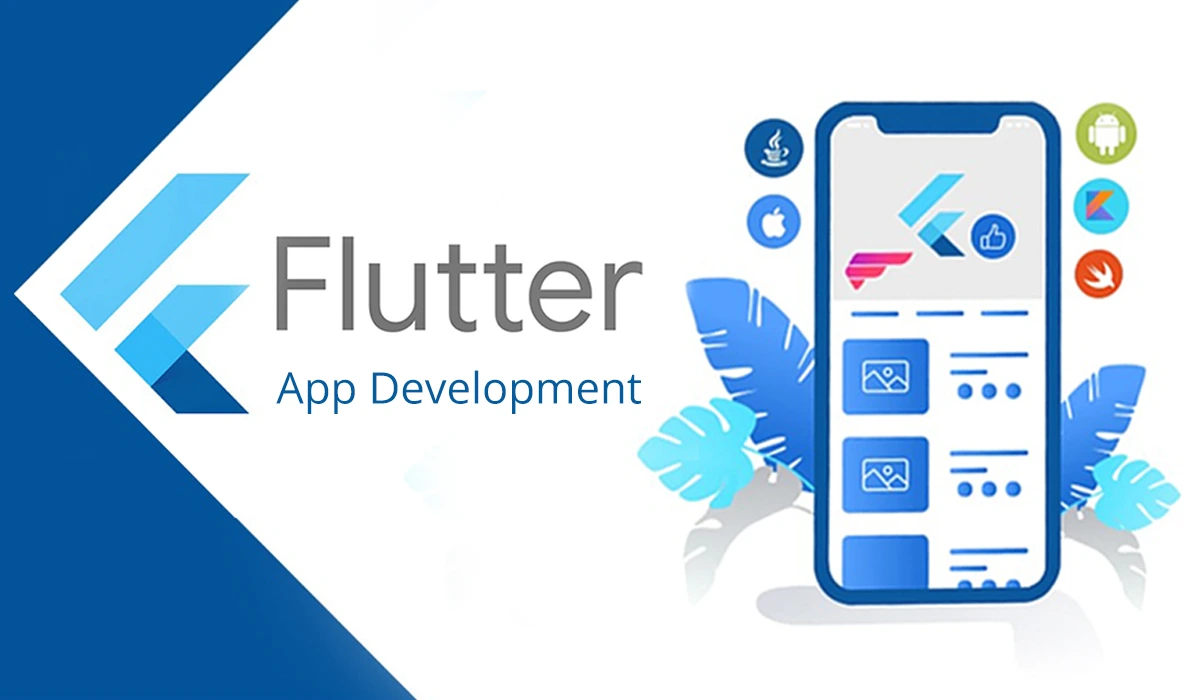Flutter vs. Native Development
In today’s fast-paced digital marketplace, mobile apps are crucial for businesses aiming to connect directly with users. One key decision is choosing between Flutter vs Native App Development. Native development involves creating separate apps for iOS and Android, each optimized for its platform. In contrast, Flutter enables developers to build high-quality apps for multiple platforms using a single codebase.
Each of these development paths offers distinct benefits and trade-offs. By carefully assessing your project’s objectives, resources, and deadlines, you can determine which method aligns best with your business goals.
4. What Is Native Development? A Look into Flutter vs Native Approaches
Native development means creating apps specifically designed for each mobile operating system using their respective programming languages and tools. For Android apps, this involves languages like Java or Kotlin and tools such as Android Studio. For iOS, Swift or Objective-C is used within Apple’s X code environment. Because native apps are built for a single platform, they are highly optimized and have direct access to all device features.
Pros of Native Development
The biggest strength of native apps is their superior performance. Developers compile the code directly for a specific platform, which allows the app to run smoothly and make full use of hardware acceleration. With native development, you also gain complete access to device capabilities making it easier to integrate the latest APIs and hardware features. This results in apps that feel more intuitive, match the platform’s design standards, and offer enhanced security through deeper integration with the operating system.
Cons of Native Development
On the downside, building separate apps for iOS and Android means maintaining two distinct codebases. This doubles the workload, increasing development time and costs. It can also complicate updates and feature parity across platforms since changes must be implemented twice. Furthermore, development teams need expertise in multiple languages and platforms, which can stretch resources.
What is Flutter?

Imagine you’re an architect building homes in different places cities, mountains, or beaches. Normally, you’d need different plans and tools for each. But what if one plan could adapt to any location? That’s what Flutter does for app developers.
Flutter, developed by Google, lets you write one codebase for all platforms. Whether it’s Android, iOS, desktop, or web, the app adjusts perfectly. At the heart of Flutter are “widgets.” These are like LEGO pieces buttons, images, and text blocks that shape the app’s look. They automatically adapt to different screen sizes.
Flutter uses Dart, a language that runs fast and smooth. Apps feel responsive and visually engaging. Developers save time by managing just one codebase. Updates become easier, and apps grow faster across platforms.
For businesses, Flutter offers wide reach and efficiency. It’s not just a framework it’s a powerful toolkit that brings one idea to life on every screen.
Benefits of Using Flutter
When comparing Flutter vs native app development, Flutter stands out for its ability to speed up development by using a single codebase for both Android and iOS. This approach reduces costs while maintaining performance. Its hot reload feature allows developers to see changes instantly, making the development process more efficient. With a widget-based architecture and direct compilation to native code, Flutter delivers high-performing apps with smooth UI experiences, making it a strong alternative to traditional native app development.
-
Single Codebase Efficiency: Write your app’s code once and run it on multiple platforms like Android, iOS, web, and desktop, saving time and effort.
-
Instant Feedback with Hot Reload: Quickly see changes you make in the code reflected live, speeding up development and debugging.
-
Flexible Widget System: Build your app’s interface using customizable, reusable components that adapt seamlessly across different screen sizes.
-
High Performance: Flutter compiles directly into native code, which ensures fast loading times and smooth animations comparable to native apps.
-
Consistent User Experience: With complete control over design elements, developers can create apps that look and feel the same across all devices.
-
Strong Community and Ecosystem: Benefit from a growing collection of packages, plugins, and tools supported by an active developer community.
-
Support for Modern UI Design: Flutter’s rich set of widgets and tools makes it easier to implement sleek, modern designs and complex animations.
Challenges with Flutter
However, apps built with Flutter tend to be larger in size due to bundling the Flutter engine. While Flutter supports many device features, certain advanced functionalities might require writing platform-specific code or using third-party plugins. Additionally, Dart is less widely adopted compared to JavaScript or Java, which means some developers may face a learning curve.
Comparing Flutter and Native Development
When comparing Flutter vs native app development, Flutter clearly leads in terms of development speed and cost-efficiency. With a single codebase targeting both Android and iOS, it reduces time and effort, whereas native development requires building and maintaining separate apps. Performance-wise, native apps typically have a slight edge due to platform-specific optimization, but Flutter still delivers smooth, reliable performance suitable for most applications.
For user interface design, native apps use built-in UI components, offering users a familiar and seamless experience. In contrast, Flutter provides extensive customization through its widget-based architecture, ensuring a consistent and creative design across platforms. When it comes to accessing device features, native development offers full integration, while Flutter handles most features well though it may require native code bridges for some advanced functionalities.
Finally, while Flutter’s ecosystem is newer, it’s expanding rapidly with strong backing from Google and an active developer community. Native development, however, benefits from long established tools, frameworks, and robust documentation.
When to Choose Native Development
Opt for native development if your app demands high performance with complex animations, augmented reality, or intensive hardware use. It’s also ideal when you want to provide users with a highly polished experience tailored to each platform’s design and interaction standards. If you have the resources to manage separate teams for iOS and Android and need quick access to the latest platform features, native is the best fit.
When Flutter Is the Right Choice
If your goal is to develop an app for both Android and iOS quickly and efficiently, Flutter offers a strong advantage. Unlike native development, which requires separate codebases for each platform, Flutter lets you build both apps using a single codebase. This not only reduces workload and speeds up development but also ensures consistency in appearance and functionality across devices. In the Flutter vs native app development debate, Flutter stands out as a cost-effective solution, especially for projects with tight budgets. Additionally, its multi-platform capabilities make it easier to scale your app to web or desktop without rebuilding from scratch.





